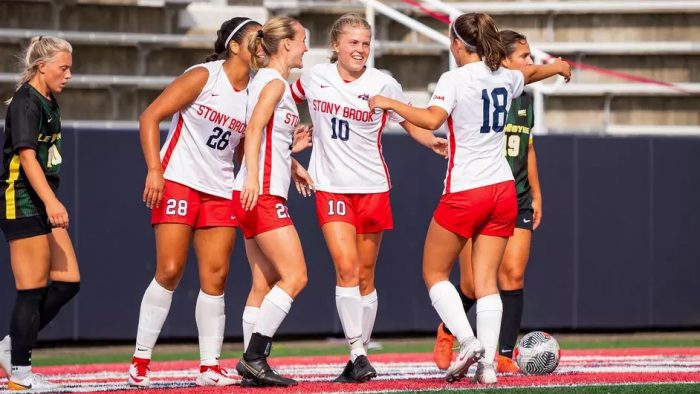By Daniel Dunaief
In the last 18 months, Stony Brook University has generated positive headlines for a host of wins, from receiving a record donation from the Simons Foundation to climbing academic rankings to winning the bidding for a climate solutions center on Governors Island.
This year, those gains not only helped attract a larger applicant pool, but also led to a record high enrollment for first-year students in the university’s 67 year history. The total number of undergraduates is also at a record high of 18,263, exceeding the previous high of 18,010 in the fall of 2010.
The downstate flagship university received about 55,000 applications for first year students, with an acceptance rate of about 49%.
“Stony Brook has now become a premier destination for so many students” in the state, country and world, said Richard Beatty, Senior Associate Provost for Enrollment Management. The increasing applicants and the largest ever class size of 4,024 students reflects the “fruit of all the work the campus has been doing.”
Stony Brook ranked 58th in the 2025 US News and World Report rankings this week, up from 93 in 2022. Stony Brook was also ranked the top public university in New York.
Just over half of the first-year students, or 50.5%, are women, while 49.5% are men. These statistics don’t include people who chose not to disclose their gender.
The university didn’t change its admissions standards to accept this larger class.
“We had the same academic quality as in previous years,” said Beatty, as each student has had high quality experience inside and outside the classroom.
Additionally, for the class entering its second year this fall, Stony Brook had a 90% retention rate, which is also an all-time high. The university typically loses 11 or 12% of students from the first to the second year.
“We want the student [who matriculate at Stony Brook] to graduate with us and we want them to graduate in a timely manner,” said Beatty.
New hires
Recognizing the increased interest in attending Stony Brook from in and out of state, the university started hiring additional staff to provide students with the same level of education and university services.
The ratio of faculty to students “didn’t change that much” because of the university’s staffing efforts, Beatty said. “We are keeping the educational quality the same even though we have a larger [freshman] class.”
The enrollment of students who identify as Black and LatinX also increased, even as universities such as Harvard College and the Massachusetts Institute of Technology have experienced a decline in such enrollments.
The first-year class at Stony Brook includes 433 people who identify as black, which is an increase of 19% over the total from the previous year and represents about 10.7% of the incoming class.
LatinX, meanwhile, rose 28% to 633 this year from 496 in the previous year.

“Stony Brook today exemplifies dramatically all the most important developments in modern American higher education – a growing and highly diverse student body, an expanding research enterprise, and research achievements that are contributing mightily to the economy and society,” Interim President Richard L. McCormick said in a statement.
While the number of foreign students increased over last year, the total number has still not recovered to its 2019 level, prior to the pandemic.
Stony Brook leads the SUNY system in the highest number of Educational Opportunity Program applications. The state-funded program provides financial support to New York students who have financial and academic barriers, helping them attend and graduate from a SUNY college.
Storm challenges
At the same time that the university welcomed its largest ever first year class, the campus and the area endured a sudden and violent storm that not only damaged the historic Stony Brook Grist Mill, but also made some dormitories uninhabitable.
“It was an unbelievable concerted effort throughout campus” to find places for students amid the clean up, said Beatty. “The housing team came up with solutions” that included housing some students in hotels.
Two of the residence halls, Ammann and Gray, are still undergoing repairs, although the university has found places for its students.
The university has 52 sophomores who are living at an off-campus hotel, where they are expected to remain through the semester. They should be able to return to campus in the spring.
Expanded food services

Amid higher enrollment, Stony Brook expanded the hours for dining facilities this year, compared with last year.
Starbucks opened at the Melville Library with expanded hours. The foods trucks have a consistent schedule Monday through Friday and Stony Brook added a Nathan’s Famous truck to the food truck fleet.
The university launched new franchises and dining concepts this fall, such as Popeyes, Carvel and Iron Waffles.
Academically, Stony Brook has had a wide range of potential interests from its incoming students. Beyond the typical strengths in physics and math, the university also experienced a growth in the numbers of students applying for journalism, political science and economics.
“We ended up not being over enrolled in any of our programs,” Beatty said.
McCormick suggested the increased interest in the school reflects recent higher visibility.
“This historic enrollment of first-year students is a testament to Stony Brook University’s steadfast commitment to providing an exceptional educational experience and its rise in reputation as one of the nation’s most prominent public flagship research universities,” McCormick said in a statement.
The State University of New York schools have seen an increase overall in the number of applicants.
Stony Brook’s admissions process, which remains test optional for standardized tests like the SAT and the ACT, has become considerably more holistic.
The admissions committee looks beyond the grade point average or whatever test scores candidates submit, while weighing the student achievement in the context of the options available at their high schools.
The larger class size amid a greater interest in the school also has positive implications for the local economy and for the community.
More students shop at stores and restaurants and also contribute to extracurricular activities such as theatrical performances and to community service projects.
These students, who come from all over the world, add to the diversity of the area, start new clubs and present the findings of their own research while attending college, Beatty added.
As for future applications and class sizes, school officials anticipate greater numbers of interested students in the coming years.

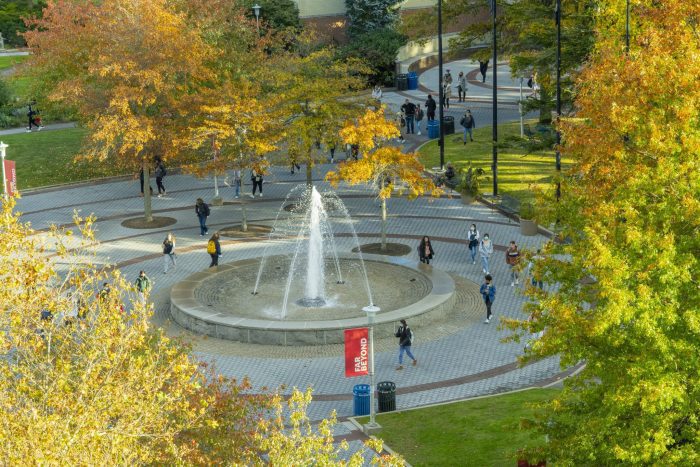

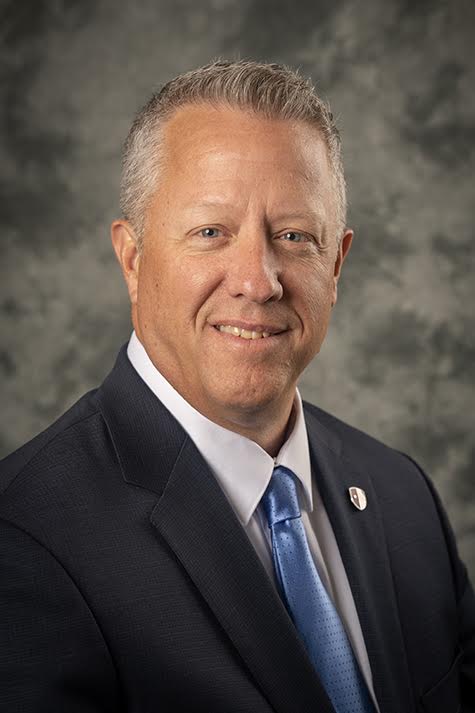
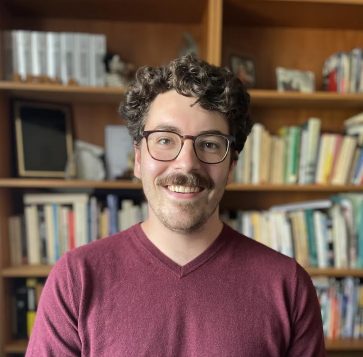
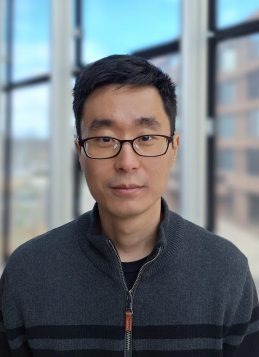
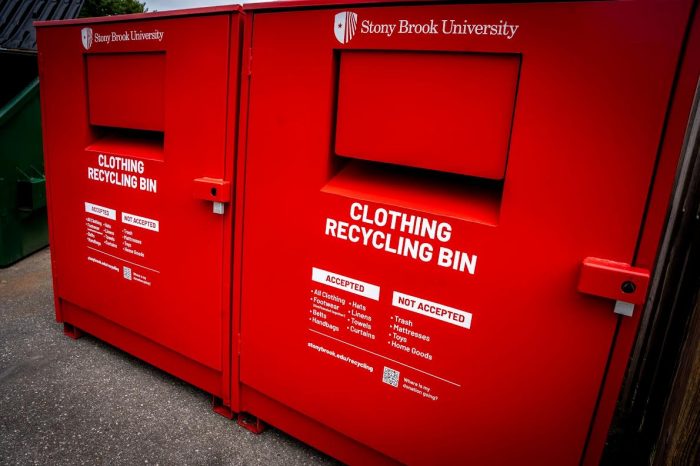
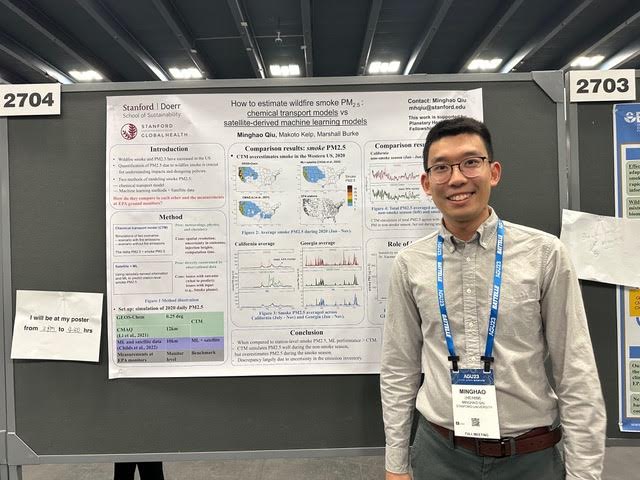
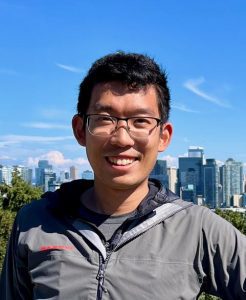

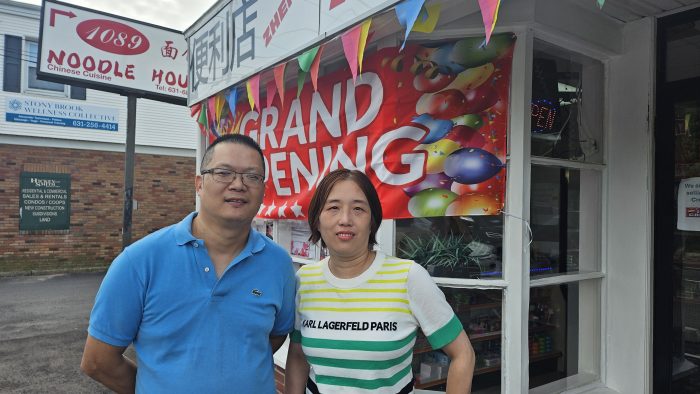


 He’s heard numerous stories from a day in which the comfortable, clear air provided an incongruous backdrop for the mass murders. He has heard about people who were blown out of the buiding amid a combustible blast and about how difficult it is to put out a cesium fire.
He’s heard numerous stories from a day in which the comfortable, clear air provided an incongruous backdrop for the mass murders. He has heard about people who were blown out of the buiding amid a combustible blast and about how difficult it is to put out a cesium fire.